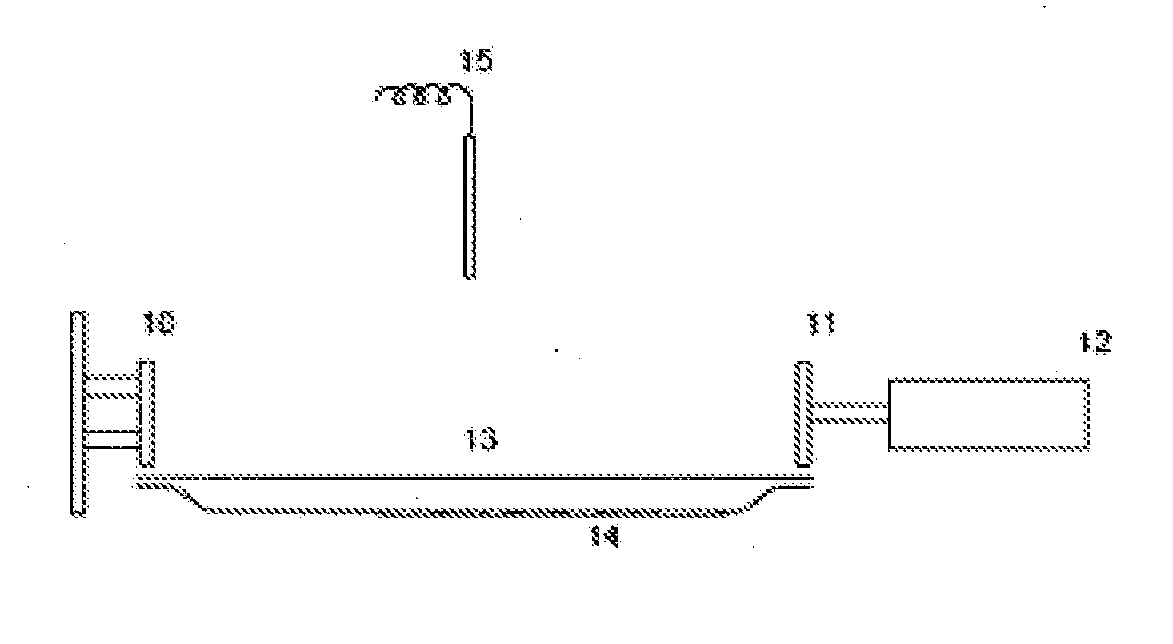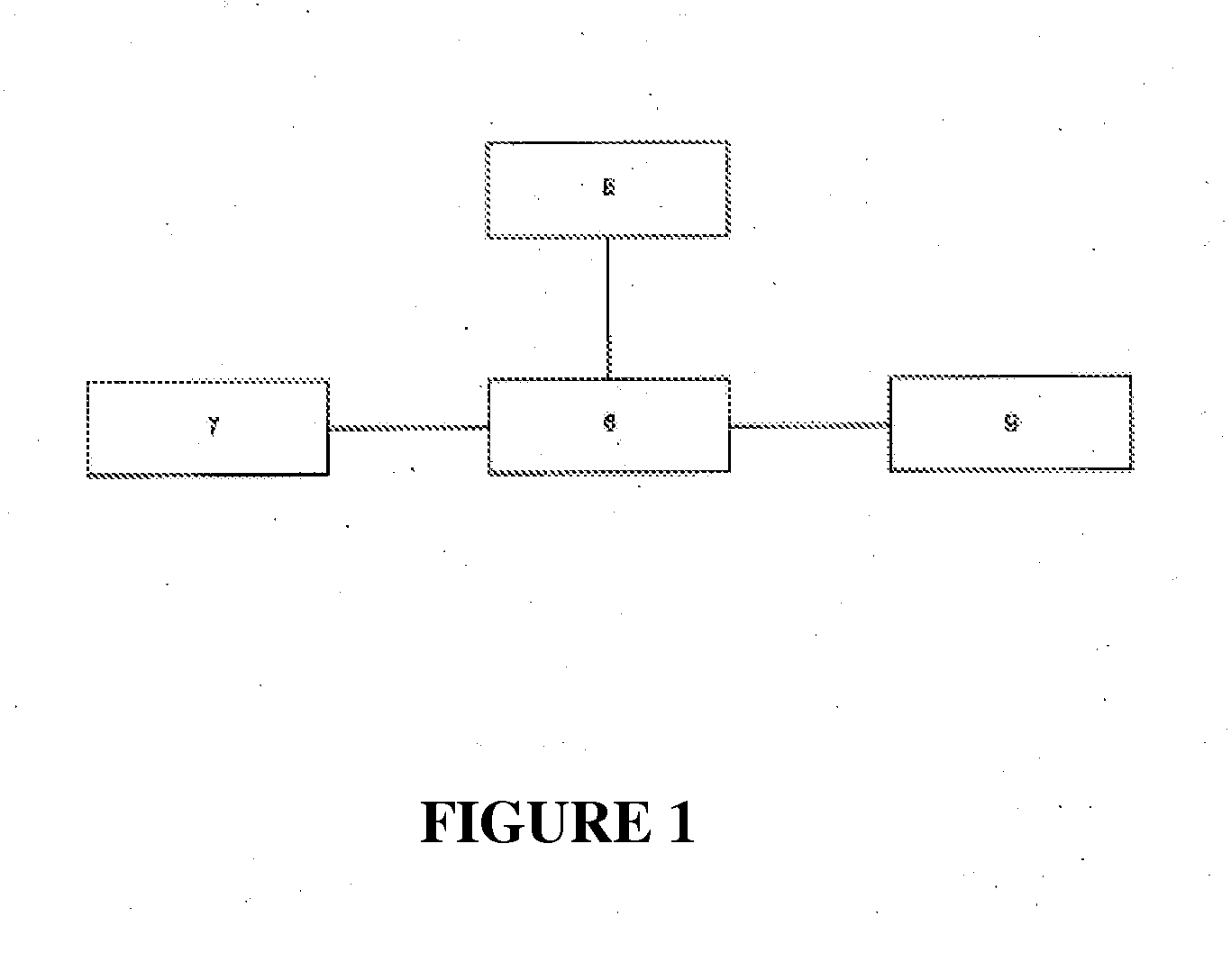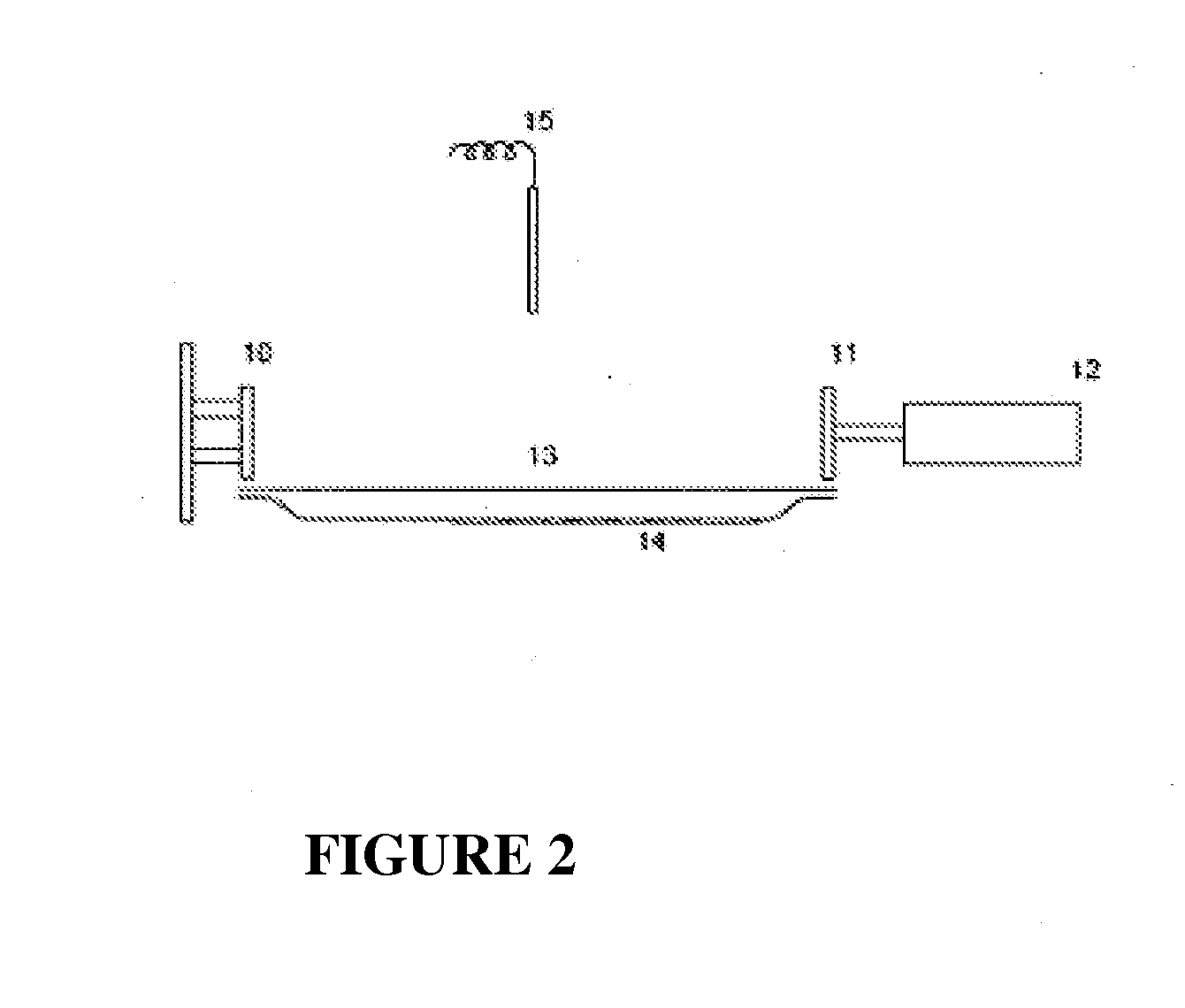Ohmic defroster for foods and process
- Summary
- Abstract
- Description
- Claims
- Application Information
AI Technical Summary
Benefits of technology
Problems solved by technology
Method used
Image
Examples
examples
Experimental Protocol for Finding the Relation Between Electrical Conductivity and Temperature of the Sample of Frozen Material
[0039]Determining the capacity of each of the materials to conduct electrical current, electrical conductivity, and its relation to the change of the temperature produced in the material.
[0040]The tests were performed using samples of lean muscles of beef, pork and turkey, for each type of material three cross-sectional square samples 0.03 m wide and 0.1 m long, these samples were frozen and stored in order to homogenize their temperature at −15° C. Each of the samples was subjected to a proximal analysis to determine its composition in terms of content of fat, protein, water and ash.
[0041]During the tests, the samples were housed in a cell designed for the project, which was also homogenized at a temperature of −15° C.; this test cell, along with the sample, was connected to an electric circuit formed by a power supply regulated and adjusted to 67 volts of ...
PUM
| Property | Measurement | Unit |
|---|---|---|
| Current | aaaaa | aaaaa |
| Current | aaaaa | aaaaa |
| Current | aaaaa | aaaaa |
Abstract
Description
Claims
Application Information
 Login to View More
Login to View More - R&D
- Intellectual Property
- Life Sciences
- Materials
- Tech Scout
- Unparalleled Data Quality
- Higher Quality Content
- 60% Fewer Hallucinations
Browse by: Latest US Patents, China's latest patents, Technical Efficacy Thesaurus, Application Domain, Technology Topic, Popular Technical Reports.
© 2025 PatSnap. All rights reserved.Legal|Privacy policy|Modern Slavery Act Transparency Statement|Sitemap|About US| Contact US: help@patsnap.com



